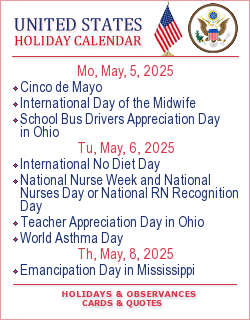The bird that makes the longest migration is the bar-tailed godwit (Limosa lapponica) from Alaska. Its non-stop flight distance is about 7 000 km.
International Migratory Bird Day (IMBD) or World Migratory Bird Day (WMBD) is the brainchild of the Smithsonian Migratory Bird Center (SMBC). The Center is dedicated to fostering greater understanding, appreciation, and protection of the grand phenomenon of bird migration. In the early 1990s, SMBC staff recognized that a public program would enable thousands of people to learn about migratory birds, their migrations, and their conservation. IMBD was created in the early 1990s, and the first celebration was hosted at the National Zoo in Washington D.C. in 1993.
The official date for IMBD in the U.S. and Canada is the second Saturday in May each year. We recognize, however, that this isn’t always the best time for you or the birds. For participants to the south, migratory birds may have already passed through. And to the north, this date may be too early. We encourage you to host a program, event, or festival when birds are present and when it best suits your schedule. Today, IMBD programs, events, and festivals are held year-round.
The campaign itself is coordinated by the Secretariats of the Convention on Migratory Species (UNEP/CMS)and the Agreement on the Conservation of African Eurasian Migratory Waterbirds (UNEP/AEWA).
All the activities organized for World Migratory Bird Day are united by a common theme. With the 2017 theme "Their Future is our Future", WMBD will throw light on the topic of "Sustainable Development for Wildlife and People". WMBD 2017 will highlight the interdependence of people and nature, and more especially people and migratory animals - in particular birds, as they share the same planet and thus the same limited resources.
In 2017 International Migratory Bird Day in USA falls on May 13.


